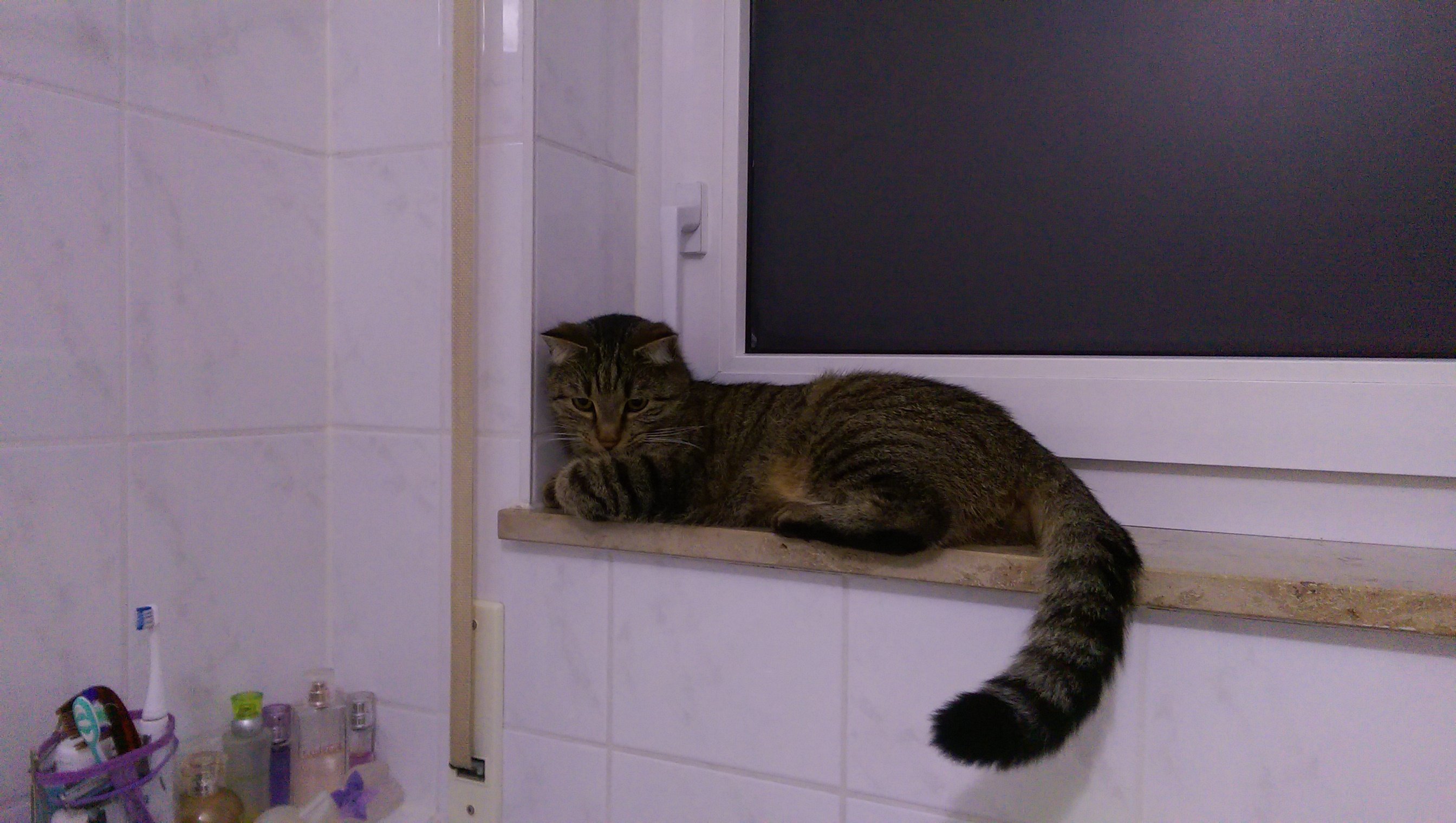-
Posts
5692 -
Joined
-
Last visited
Content Type
Forums
Store
Crowdfunding
Applications
Events
Raffles
Community Map
Everything posted by Werner
-
I usually check here every couple of days: https://patchwork.kernel.org/project/linux-rockchip/list/ Yes, they will be included in edge kernel and in a year or two when the next LTS kernel hits they'll be included in current as well.
-
Not sure for what you need it but here: https://github.com/u-boot/u-boot tag specification and defined patch sources are here:
-
This device is community-maintained. Armbian core team does not monitor its status nor gets involved into development here. However anyone from the community can step up and send fixes. I saw some stuff upstreamed from time to time for 5 ultra and max, hit somewhere between 6.16 and 6.18 I guess. When rockchip64 gets bumped further they will be available for these boards. Since mainline is still under development though sticking with 6.1.y vendor kernel isn't a bad option since most things work here.
-
sources are defined per board family, in your case sunxi:https://github.com/armbian/build/blob/main/config/sources/families/include/sunxi_common.inc Before attempting u-boot for a whole family I suggest to do some small scale tests at board level first by setting an override in the board config file. Example for a different board:https://github.com/armbian/build/blob/a7c19f1e35a65daf42f090ecc34ee1151ee6db23/config/boards/orangepi5-plus.conf#L31-L52
-

immich created via armbian-config dont work
Werner replied to Zsolt Tóth's topic in Software, Applications, Userspace
If you mean an external directory within immich, then answering this is out of scope of the Armbian project. We provide a fairly easy way to install the software, but everything beyond is userspace. If you mean sharing a directory from the host into the docker container, then here you can check how armbian-config installed immich: https://github.com/armbian/configng/blob/37f091998d74b059c4302a91ca1f2c06a908297f/tools/modules/software/module_immich.sh#L16 -
Outdated kernel. overlays were probably added later https://github.com/armbian/linux-rockchip/tree/rk-6.1-rkr5.1/arch/arm64/boot/dts/rockchip/overlay
-
Debug boot issues: https://debug.armbian.de
-

Armbian doesnt seem to see sata harddrives.
Werner replied to DontMindMe's topic in Radxa Rock 5 ITX
At some point we will bump edge to 6.17. These bumps always take time since our patchset on top always needs adjustments. There are 3rd party ppa's for newer mesa. I suggest to use kisak since those are briefly tested. Otherwise go for oibaf which are automated untested, therefore latest mesa packages. In terms of Debian, no clue if there is a similar apt repo for such. -
If you used edge, revert to 6.15
-

vaapi on Rock5C: rockchip_drv_video.so missing
Werner replied to Tuxifan WasAuchImmer's topic in Beginners
There are two ways to achieve hw acceleration: backported panthor or mali blobs. Depending on your usecase latter might be necessary. You may find this interesting: https://jellyfin.org/docs/general/post-install/transcoding/hardware-acceleration/rockchip/#configure-on-linux-host Don't forget to disable panthor overlay in /boot/armbianEnv.txt if you decide to go this route. -
https://github.com/armbian/build/pull/8447#issuecomment-3195333910
-
https://github.com/armbian/build/pull/8447#issuecomment-3195333910
-
-
Revert to 6.15. The 6.16 package is useful for A523 only atm. Don't use bleeding edge and complain about things breaking the same time. To answer on your level: Either help fixing things or fuck off and move along.
-
Providing logs with armbianmonitor -u helps with troubleshooting and significantly raises chances that issue gets addressed.
-

Broken Debian packages on armbian server
Werner replied to Kluas's topic in Software, Applications, Userspace
Yeah something is wrong. I had a similar issue for noble base-files package on a different mirror. -
Maybe upstream regression. KDE is using upstream testing branch.
-
https://wiki.debian.org/LXQt
-
data corruption can always happen when there is a power outage. Could be by chance that one device suffered while the other didn't. Best way to prevent is as guessed a small PSU which ideally tells the device 'there is an outtage, please shut down before I run out of battery". Having OS or data or microSD, eMMC or NVMe does not make a difference since the OS decides when and how often data is written. NVMe are even more fragile since they often come with an internal cache themselves that is emptied onto the actual flash asynchronously. Disabling write caches may lower chances for data corruption but for once can decrease performance a lot and for the other significantly decreases the lifetime of microSD cards.
-
Providing logs with armbianmonitor -u helps with troubleshooting and significantly raises chances that issue gets addressed.
-

403 Forbidden Error During After Customization Step
Werner replied to za-songguo's topic in Advanced users - Development
Depending on your location this might not be anything that can be fixed on Armbian side. If this happens on any mirror, the issue is either your setup or ISP blocking access. -
Tried this way? https://docs.armbian.com/User-Guide_Autoconfig/

